Bibliographic Information
Article Title
Bioarchaeology and the Ethics of Research Using Human Skeletal Remains
Journal Title
History Compass
Author(s)
DeWitte, Sharon N.
Year of Publication
2015
Volume Number
13
Issue Number
1
Article Pages
10-19
Web Address (URL)
Additional Information
Available Through
Wiley Online Library
Language
English
Notes
Abstract: In a recent article, Pobst refers to bioarchaeologists as “grave-robbing scientists,” a phrase that negatively and inaccurately describes such researchers. This paper provides an overview of the history of the collection of human skeletal remains by anthropologists and others, which has resulted in misconceptions about current practices in the field, and of the important changes that have been made in recent decades to ensure that bioarchaeological research is done ethically. Recent Black Death research is emphasized as an example of bioarchaeology that conforms to the ethical standards of numerous organizations and avoids the exploitative use of human remains against the wishes of descendant populations.
Additional tags: bioarchaeology; ethical practice; human remains; Black Death; descendant populations
Taxonomies
RPA Codes & Standards
- Archaeologist's Responsibility to Colleagues, Employees, and Students
- Archaeologist's Responsibility to the Public
- Integrity of Research Methodology
- Procedures for Field Survey or Excavation
CIfA Codes
- Principle 1: Adherence to ethical and responsible behaviour in archaeological affairs
- Principle 2: Responsibility for the conservation of the historic environment
- Principle 3: Responsibility for acquiring and recording reliable information of the past in archaeological research
Keywords & Terms
- Accountability
- Burials and Human Remains
- Consultation/Partnership with Affected Groups
- Impact on Communities - Local, Descendant, etc.
- Integrity of Research Methodology and Field Procedures
- Professional Standards
- Public Interest, Collaboration, Education, and Outreach
- Respect for and Responsibility to Affected Groups

